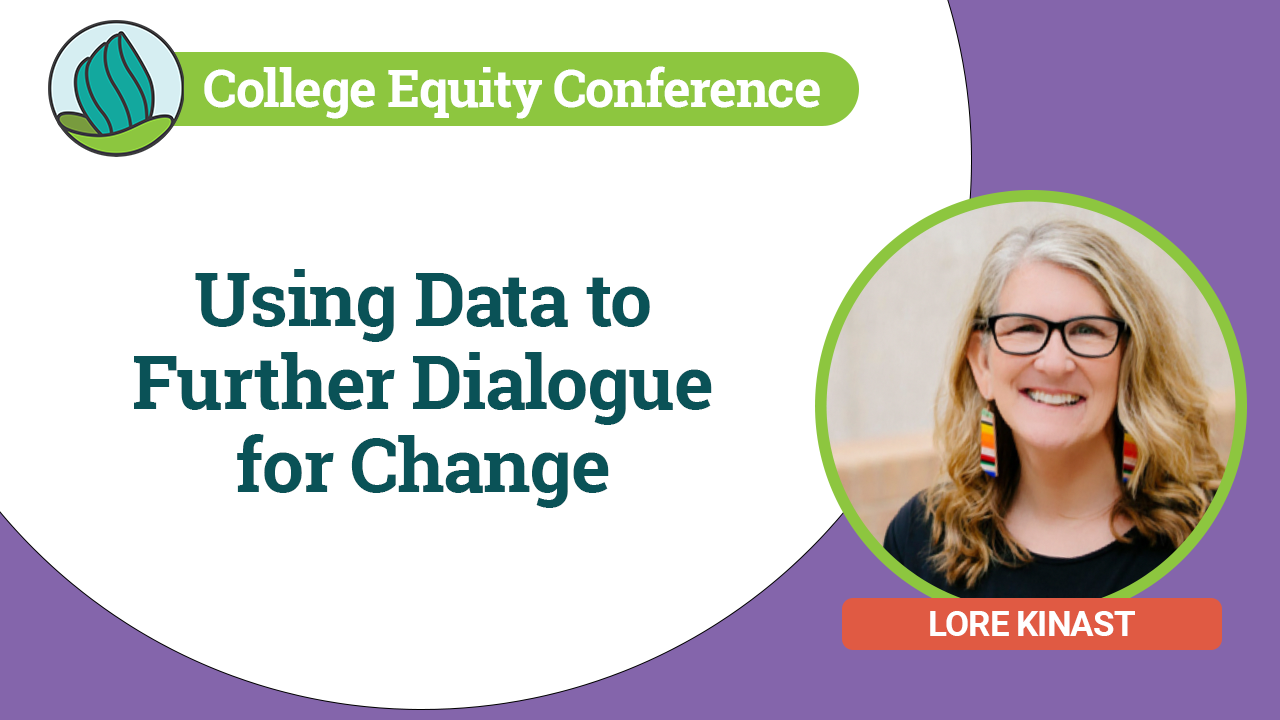Data-driven decision making is the process of collecting or using data to inform decisions and guide actionable next steps. When we have to make tough decisions, we often go with our gut feeling. But, how do we know we made the right decision? How do we know we did not make a decision that will negatively impact deaf people?
When we use data to make decisions, we can feel more at ease that decisions are rooted in facts, including the lived experiences of deaf people, and will maximize positive outcomes. In this module, we will explore the benefits of using data to drive decision making and learn what types of data sources are available. We will also discuss frameworks for using data as well and how data can be used to identify inequities.
Upon completion of this module, participants will be able to:
- Describe the benefits of using data to guide decisions
- Identify what types of data sources are available
- Explain how data can be used to enhance efforts.
Continuing Education Hours: This module is approved for 1 NDC Continuing Professional Education (CPE) Clock Hour









